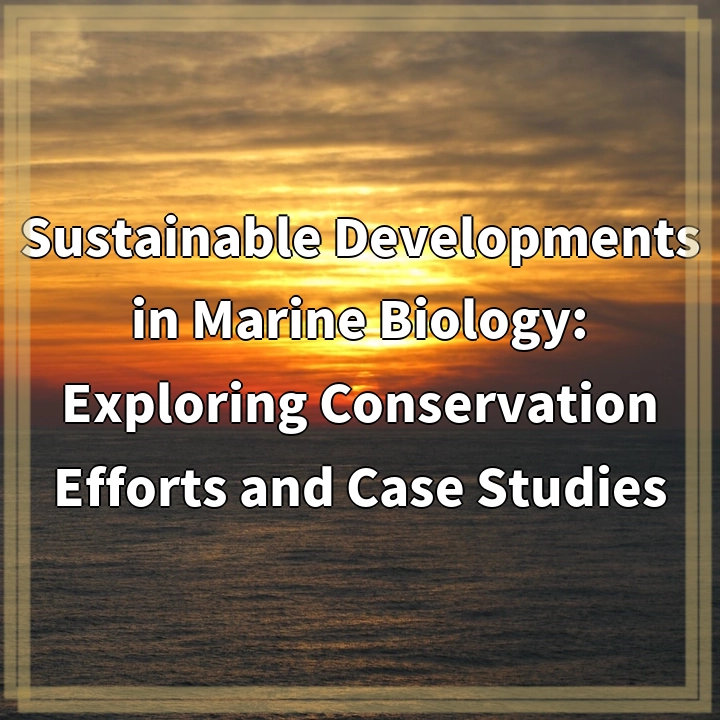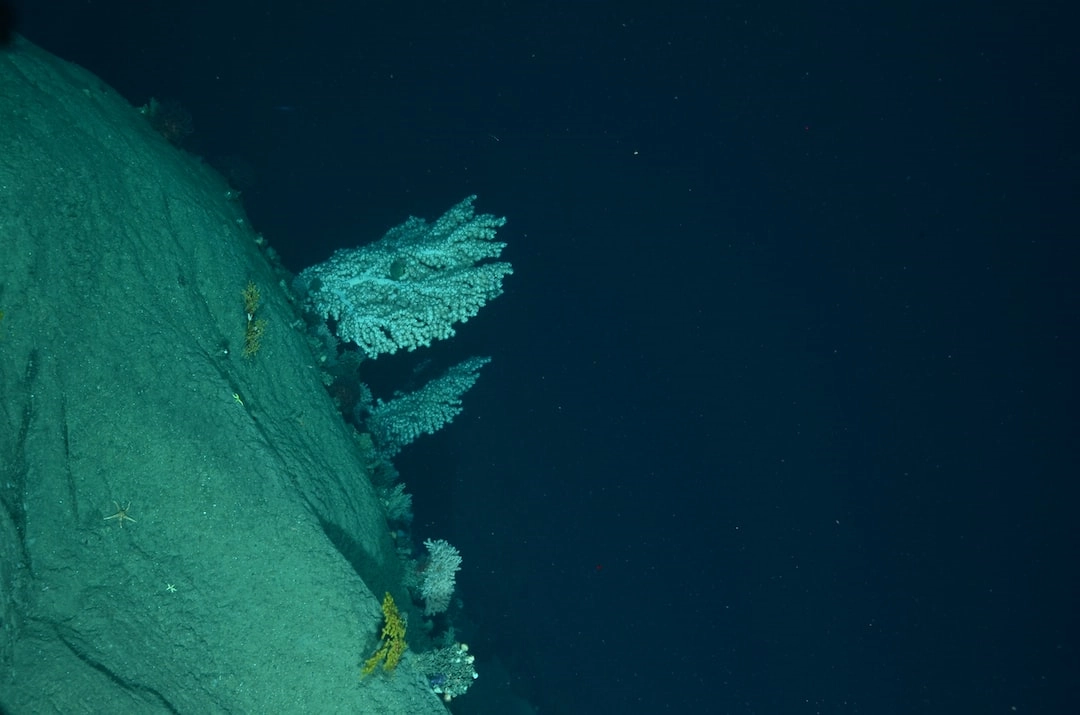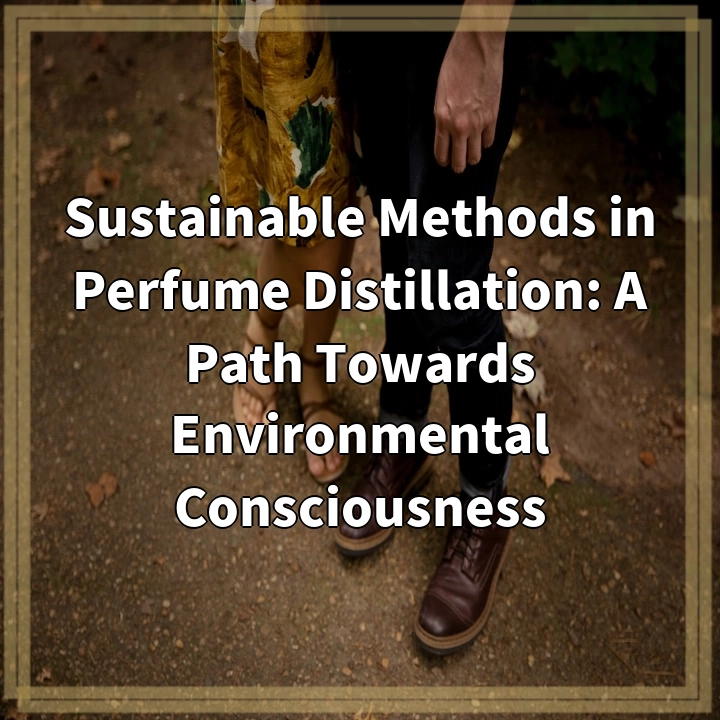
What is Sustainable Developments in Marine Biology?
Sustainable developments in marine biology refer to the ongoing efforts to protect and preserve marine ecosystems while simultaneously advancing research and knowledge in the field of marine biology. It involves adopting practices that ensure the long-term health and sustainability of marine environments, taking into account ecological, social, and economic factors.
Real-World Problems Associated with Sustainable Developments in Marine Biology
1. Overfishing
One of the biggest challenges in achieving sustainable developments in marine biology is combating overfishing. Many fish stocks around the world are being depleted faster than they can reproduce, leading to imbalances in marine ecosystems and negative impacts on biodiversity.
2. Habitat Destruction
Habitat destruction, particularly through the destruction of coral reefs and coastal areas, poses a significant threat to marine biodiversity. Human activities such as coastal development, pollution, and unsustainable fishing practices can lead to the loss of critical habitats for marine species.
3. Climate Change
Climate change is a major global problem that also has profound effects on marine ecosystems. Rising sea temperatures, ocean acidification, and sea-level rise are all contributing to the deterioration of marine habitats and the disruption of marine species’ reproductive and feeding patterns.
4. Pollution
Pollution, including marine litter, oil spills, and chemical contaminants, poses a significant threat to marine life. Plastics, in particular, have become a pervasive problem, affecting marine species through entanglement, ingestion, and habitat degradation.
5. Lack of Awareness and Conservation Efforts
Despite the growing recognition of the importance of sustainable developments in marine biology, there is still a lack of awareness and insufficient conservation efforts. In many parts of the world, illegal fishing practices, weak enforcement of marine conservation regulations, and limited funding for research and conservation hinder progress in this field.
Conclusion
Sustainable developments in marine biology are essential for safeguarding our oceans and the countless species that rely on them. By addressing the real-world problems associated with sustainable developments, such as overfishing, habitat destruction, climate change, pollution, and lack of awareness, we can work towards creating a more sustainable and thriving marine ecosystem.

Summarized Solutions to Real-World Problems in Sustainable Developments in Marine Biology
1. Overfishing
To address overfishing, sustainable fisheries management practices need to be implemented. This includes setting and enforcing catch limits, implementing fishing licenses, promoting sustainable fishing techniques, and establishing marine protected areas to allow fish populations to recover.
2. Habitat Destruction
To combat habitat destruction, efforts should focus on the conservation and restoration of critical marine habitats. This can be achieved through implementing regulations to limit coastal development, reducing pollution and sedimentation, and promoting the establishment of marine protected areas that safeguard key habitats.
3. Climate Change
To mitigate the impacts of climate change on marine ecosystems, reducing greenhouse gas emissions is crucial. Additionally, promoting the protection of coastal habitats that act as carbon sinks, implementing measures to reduce ocean acidification such as controlling pollution, and supporting research and development of climate-resilient marine species can contribute to climate change adaptation and mitigation.
4. Pollution
To address pollution, initiatives encompass reducing marine litter and plastic pollution through better waste management practices, promoting recycling and alternative materials, encouraging responsible tourism, and enforcing regulations to prevent pollution and oil spills.
5. Awareness and Conservation Efforts
Improving awareness and conservation efforts involve educational campaigns, community engagement, and capacity building programs. Enhancing public knowledge about the importance of marine biodiversity and providing support for research, monitoring, and conservation initiatives can drive positive change and encourage sustainable practices.
Conclusion
By implementing these solutions and working collectively, we can strive for sustainable developments in marine biology that protect marine ecosystems, enhance biodiversity, and ensure a healthier future for our oceans and the species they support.















